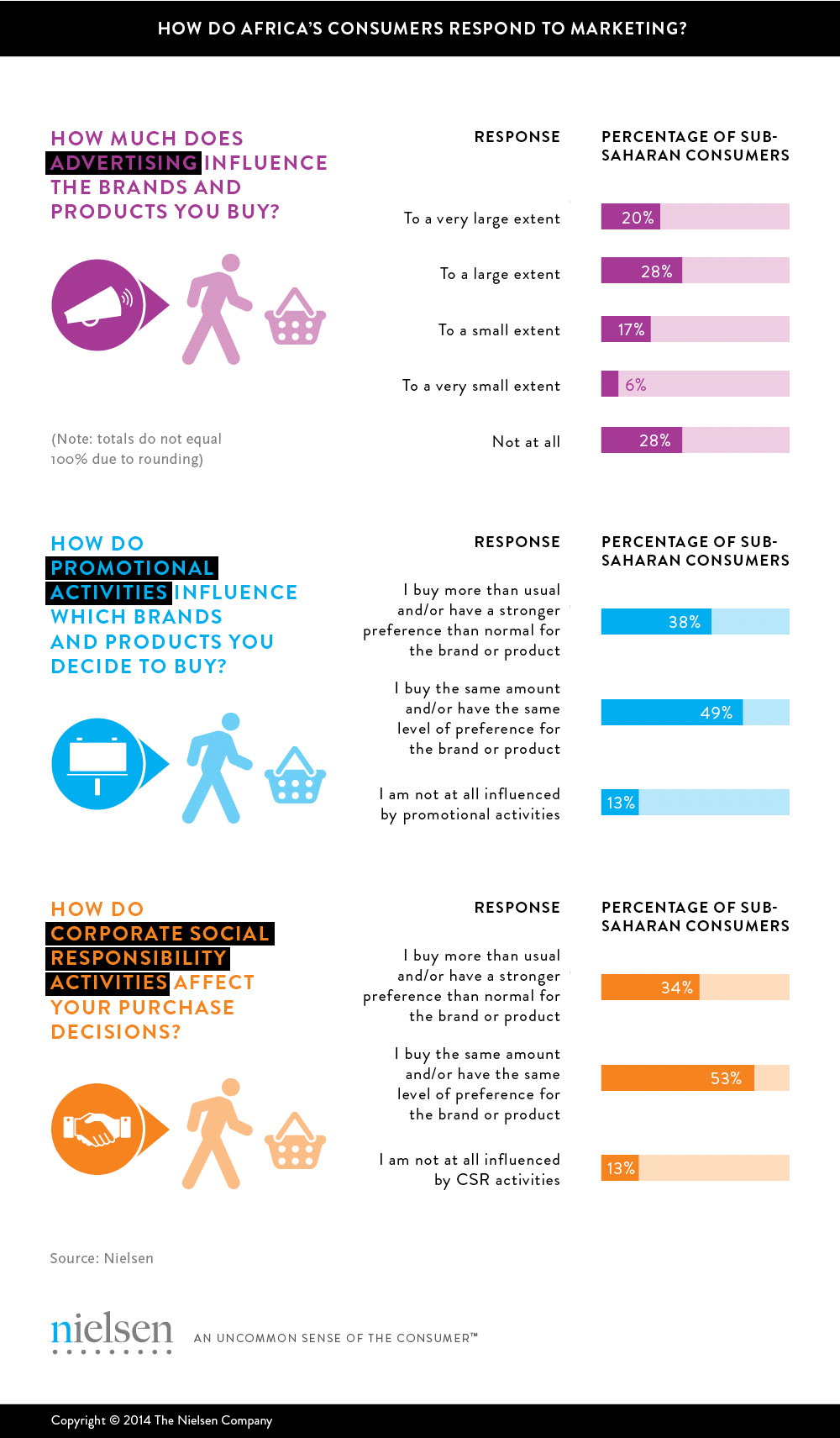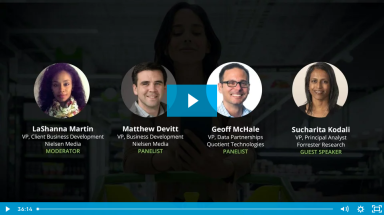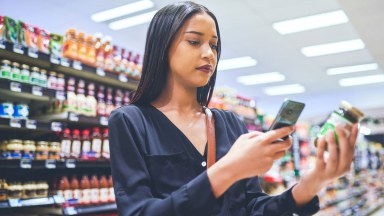Africa’s consumers are growing in numbers and in buying power, and, like consumers elsewhere around the world, they have a strong demand for products that meet their specific needs. Those needs are significant, as African households allocate, on average, half of their spending on consumer packaged goods.
The diversity of consumers and markets within Africa is staggering, and presents tremendous opportunities for marketers and brands that properly understand and navigate this complex marketplace. So what are the best ways to reach Africa’s consumers, and how can marketers ensure they’re delivering messages and products that resonate?
When it comes to advertising, Nielsen’s Emerging Market Insights research* has found that Africa’s consumers are most aware of traditional channels: broadcast (83%) outdoor (78%) and print advertising (65%). Nearly half of respondents (49%) are aware of mobile advertising and about one-fifth are aware of online advertising.
And consumers aren’t just aware of marketing messages, they’re receptive to them. Nearly half (48%) of consumers interviewed said advertising has significant influence on their purchase decisions. Some 38% said that promotional activities motivate them to buy more of a particular product—and even give preference to that product over other brands.

Understanding behaviors, attitudes and influences is essential to tap into Africa’s diverse set of consumers. Nigerian consumers in urban centers, for example, may share some commonalities with urban consumers in Angola, but they’re certainly not identical—this is why brand owners and marketers who want to successfully connect with consumers in Africa should shy away from a one-size-fits-all approach.
This article is an abbreviated version of a longer article published to our Sub-Saharan Africa site. For the longer version, click here.



